
Discovery
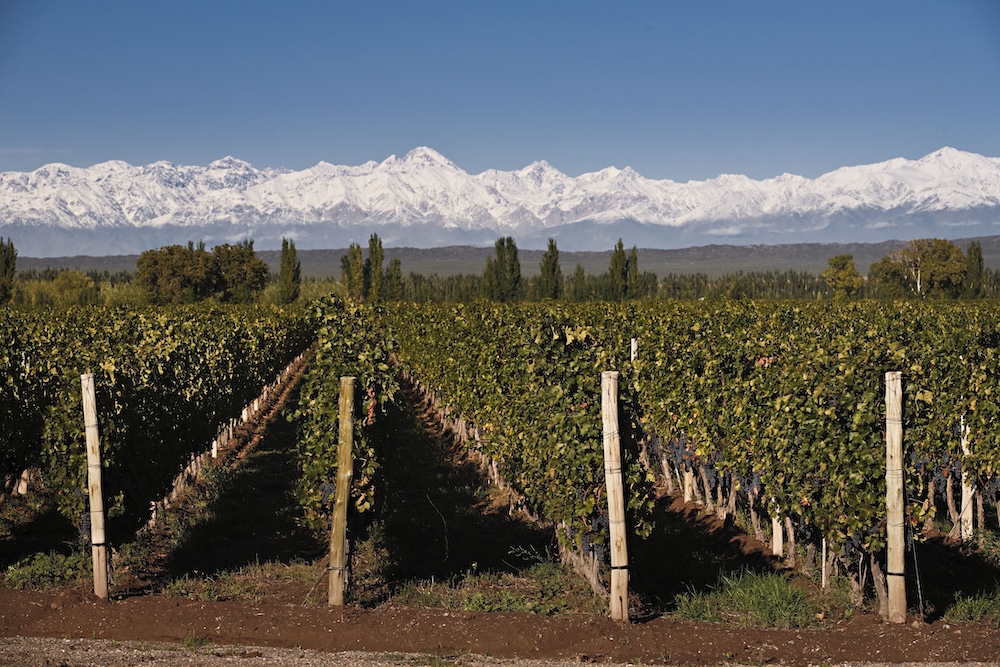
Discovery
By Mauricio Llaver - Photographs: courtesy of the organisations, posted on 29 July 2025
Chile, Argentina and Uruguay are renewing strategies for promoting their wines in international markets. The heads of their promotion organisations share how they plan to showcase the unique features of their wines worldwide.
In a challenging international context, Chile, Argentina and Uruguay are defining strategies to promote their wines in international markets over the coming decades. Angélica Valenzuela (Wines of Chile), Magdalena Pesce (Wines of Argentina) and Martina Litta (Instituto Nacional de Vitivinicultura del Uruguay), outline their countries’ strengths and describe the promotional campaigns they are developing.
“We see the future of Chilean wines as promising by positioning ourselves as a premium, sustainable origin, where we can highlight the quality and diversity of Chilean wines, the commitment to sustainability and the great winemaking tradition of our country”. This is how Angélica Valenzuela, Commercial Director of Wines of Chile, defines her country's vision. At the strategy’s core is “the objective of increasing Chile's presence in global markets and getting closer to consumers through superior growth in the premium segment, in order to significantly increase market share in the coming years”.

Angélica Valenzuela, Commercial Director of Wines of Chile

The Taste the Untamed campaign highlights the unspoilt, unique natural surroundings where Chilean wine is grown
Wines of Chile is thus focusing all of its communications and activities on exhibitions, tastings, pairings and events for trade and consumers, centred on premiumisation, diversity, sustainability, quality, diversity and country image. Chile does not lack experience when it comes to understanding global markets – in recent decades it has become an international benchmark on how to approach them. In the early 1980s, it exported just 0.3% of its wines and ranked 20th among exporter countries. Today, 75% of its production is shipped overseas and it is the fourth largest wine exporter, with 8.4% of global exports by volume and 4.5% by value. Additionally, it is the leading exporter among New World countries.

The main narrative chosen by Wines of Chile develops the concept of Wine is in our Nature
On the back of this data, Valenzuela provides the following update: “In 2023 we produced 1,103 million litres of wine, of which we exported 682.3 million litres to 141 countries, worth USD 1,527 million. In the 1980's, just 15 wineries exported, compared with 325 active exporters currently”. The real challenge now, though, involves increasing the average price of Chilean wines, which, although it has grown in recent decades, still has a long way to go. This is the purpose of the ongoing
Taste the Untamed campaign aimed at building the image, promotion and education around Chilean wines. Wines of Chile will focus on its three main markets, viz Brazil, China and the United States, along with two important growth markets: Mexico and India.

Chile is world’s fourth largest wine exporter, accounting for 8.4% of global exports by volume and 4.5% by value
“The Taste the Untamed campaign showcases Chilean wine using a differentiated approach, highlight its unspoilt, unique and untamed natural surroundings, with characters that compare its flavour with the untamed nature of our country. It not only promotes Chilean wines, but also seeks to give relevance to the Chilean origin, making an implicit invitation to visit our country and enjoy this unrivalled experience”, explains Valenzuela. “The campaign also introduces Wines of Chile's central concept, Wine is in our Nature, as the main focus of the narrative”. The latest figures for the three main focus markets show that Brazil imports 8.1 million 9-litre cases worth $202 million FOB; China, 3.8 million cases worth $127 million FOB and the United States 4.7 million cases generating $125 million FOB. Here, Wines of Chile's efforts will be aimed at “strengthening Chile's image and recognition as a premium and sustainable origin, accelerating growth of the premium segment and increasing market share”.
The predominant grape variety in Chilean wines is Cabernet Sauvignon, followed by Sauvignon Blanc, Merlot and Carmenère, which plays a key role in international promotion. It was rediscovered in Chile at the end of the last century and became its emblematic variety. However, although these varietals account for almost 50% of planted area, Chile has more than 100 varietals across its vineyard acreage and is home to a wide range of climates and terroirs. Valenzuela explains that Wines of Chile is “a non-profit, private trade association that represents more than 100 wine producers from all over Chile. Our purpose is to connect the world with the quality of Chilean wine and with the audacity and expertise of those who produce it, focusing on 4 pillars: Sustainability, Country Image, Quality and Innovation. In Chile, to meet this objective, we execute a series of activities where we bring wine culture closer to consumers using a number of different narratives, allowing us to build consumer loyalty”.

The great challenge for Chilean wines is to increase their average export price
Argentine wines are currently undergoing expansion and recognition worldwide “thanks to the quality of our wines, the diversity of styles and constant innovation”, explains Magdalena Pesce, CEO of Wines of Argentina. Malbec is the flagship varietal and has consolidated its position in recent decades, “but we are also promoting varieties such as Cabernet Franc, Chardonnay, Pinot Noir and Criollas, which are garnering excellent results in the international market”.
Founded in 1993, Wines of Argentina is responsible for promoting Argentine wine worldwide, and its main objective is to enhance the positioning of the wines. Its key tools are promoting the ‘Vino Argentino’ brand on a global scale, tailoring marketing activities geared to each market, organising events and communications actions, managing the image and reputation of Argentine wine, supporting wineries on their journey towards greater internationalisation and raising awareness of Argentine wine culture.

Magdalena Pesce stresses that the 'Vino Argentino' brand is key to promoting Argentine wines internationally
A comprehensive five-year strategy based on four fundamental pillars is being rolled out. “First, we focused on strengthening the 'Vino Argentino' brand through effective communication of the values and diversity that our wine offers”, says Pesce. “We use a range of marketing and communication tools aimed at our key audiences in a bid to generate greater interest and knowledge of Argentine wine”. Secondly, “we are developing a business intelligence strategy that encompasses both the expansion of our presence in traditional markets such as the United States and Brazil, and developing leads in potential new destinations. In addition, we are working on the continuous improvement of our key performance indicators (KPIs) to accurately measure the impact of our actions. This includes the implementation of data analysis tools and, in the near future, the incorporation of artificial intelligence to optimise our strategies”.
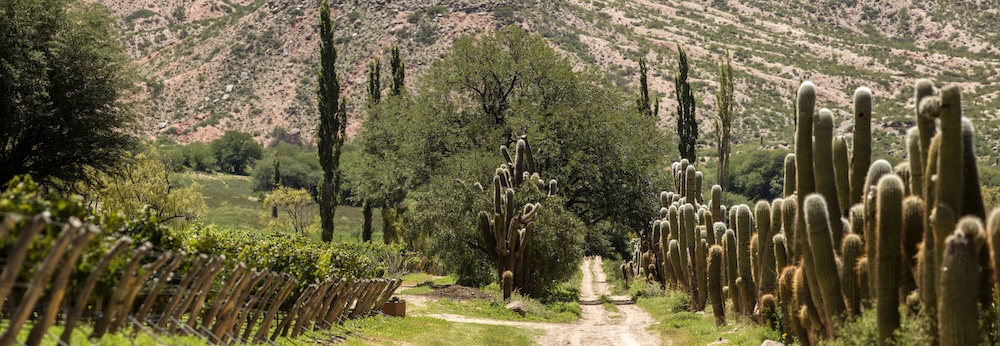
Wines of Argentina is rolling out a campaign under the strapline, ‘The beauty of Argentina. The beauty of wine’
The third pillar, according to Pesce, is support for sustainability in the industry, where “through our Red Sustenta Vitis Program, funded by the European Union Embassy in Argentina, we promote the adoption of good practices and sustainable certifications. The objective is that more and more Argentine wineries can join this initiative and market their products in markets which value and demand this type of product”. Finally, she stresses that “we work closely with our partner wineries in their internationalisation process, providing them with support and tools so that they can access new markets and consolidate their presence abroad”. As part of this plan, Wines of Argentina is developing the campaign ‘The beauty of Argentina. The beauty of wine’. It involves a digital activation that highlights the diversity and quality of Argentine wine, as well as the beauty of the country’s landscapes and the richness of its culture. In addition, it is working on the design of a new communication strategy due to be rolled out over the next five years.
‘The beauty of Argentina. The beauty of wine’ campaign highlights the diversity and quality of Argentine wine, its beautiful landscapes and rich culture
The main markets for Argentine wines are the United States, Brazil, the United Kingdom, Canada and China. “We are developing specific strategies for each of these markets, factoring in their characteristics and consumption trends. For example, in the United States we are focusing on the premium segment and promoting our diversity, while in China we are working to educate consumers about Argentine wine and build a strong brand image”, says Pesce. The CEO of Wines of Argentina admits that “the Argentine wine industry faces several challenges in the current global context, such as maintaining competitiveness in an increasingly competitive environment. This requires constant adaptation to emerging consumer trends, such as the growing demand for Nolos and sustainably produced wines”.
However, despite issues caused by economic and political instability in Argentina, Pesce adds that “strengthening and consolidating the image of Argentine wine at international level is fundamental to ensuring the growth and sustainability of the sector, and that is where we hope to continue making our contribution as an organisation”. Despite the magnitude of the challenges, Pesce sees “a promising future for Argentine wines. The industry is committed to innovation, sustainability and adapting to new market demands. I am confident that we will continue to grow in the global market, consolidating our position as a producer of high quality wines with our own identity”.
In recent decades, Uruguay entered the world of wine by leveraging the Tannat grape variety. Since then, its product range has diversified and other varietals, such as Albariño, are now beginning to stand out for their quality in international markets.
Martina Litta, Manager of Foreign Trade and Export Promotion at the National Institute of Viticulture of Uruguay (INAVI), says that “although wine consumption worldwide has been declining and large producer and exporter countries have had problems marketing their wines in the international marketplace, Uruguay has in some ways managed to buck the trend”. Litta believes “this is due to the work that has been done in recent years to educate people and position Uruguay as a producer country, highlighting the quality of its wines, its wineries, and the wide range of grapes and styles of wine. Today the world is familiar with Uruguay as a country that produces high quality wines”.

Martina Litta, Manager of Foreign Trade and Export Promotion at the National Institute of Vitiviniculture of Uruguay (INAVI)
At INAVI, “We have rapidly defined a communication strategy in the main international markets. We participate in the main trade fairs and work with the press, the trade (at all levels) and the end consumer. The main objective is to educate the sector, from importers to consumers, on the qualities and characteristics of Uruguay as a wine producing country, and on the wines themselves”. The results for 2024 are very satisfactory, with the data showing that 15.71% more bottled wine was exported in 2024 compared with 2023, totalling 4,641,450.50 litres of wine. The volume growth was also correlated with an increase in the average price of exports, which rose by 2.43%. Consequently, revenue in US dollars in 2024 increased by 19% versus 2023, reaching USD 19,118,560 (USD 16,061,418 in 2023).
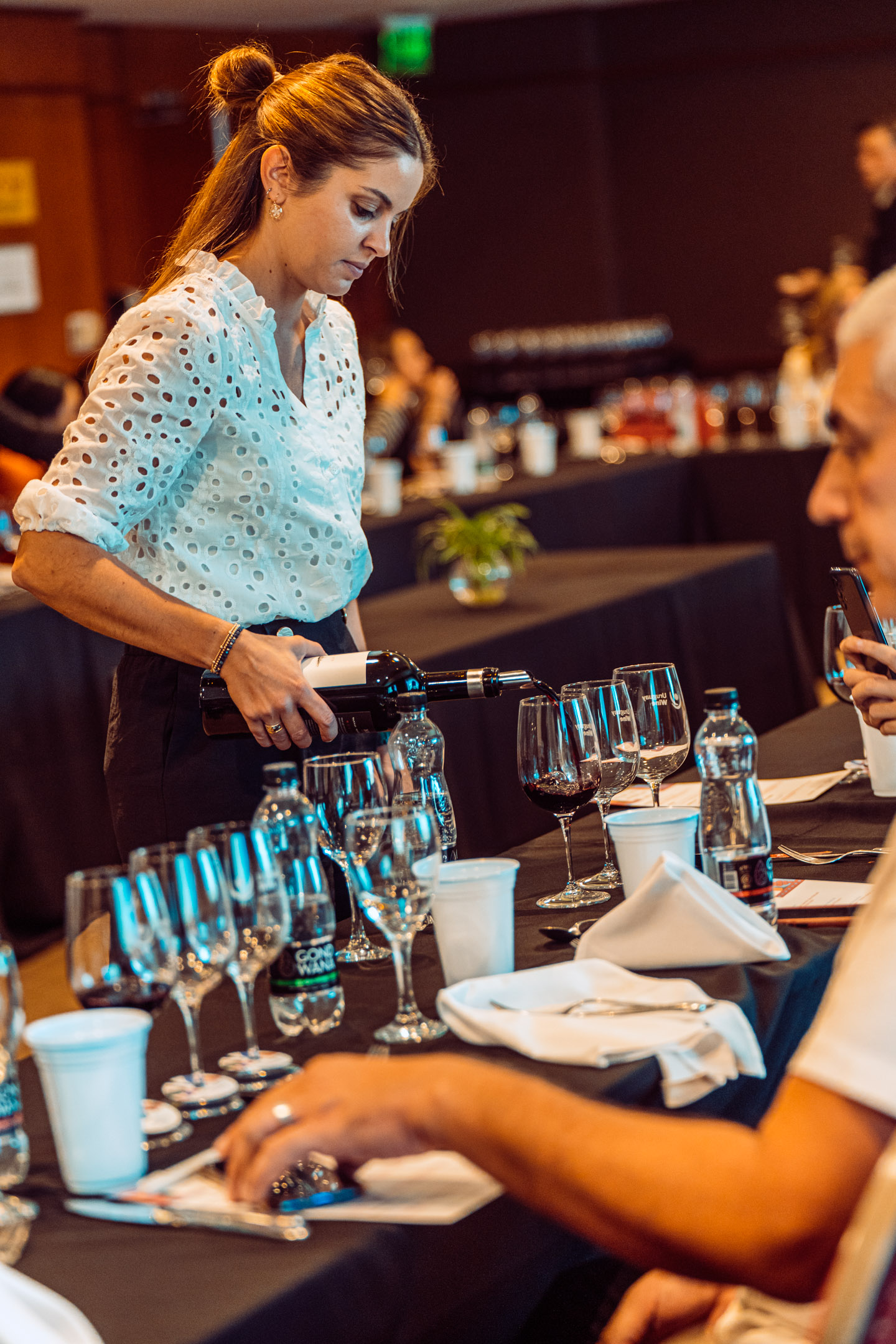
Martina Litta points out that despite a decrease in global wine consumption, Uruguay has in some ways managed to buck the trend
Litta comments: “It is worth mentioning that in 2015 Uruguay exported two million litres of bottled wine”. Though in growth mode, however, 2024 volumes did lag behind the 2021 record, when 5,386,758 litres were marketed abroad. Last year, 48 Uruguayan wineries exported their wines to 57 countries. The main market was Brazil with 54% of shipments, followed by the United States (14%), the United Kingdom (4.2%) and Mexico (3.8%). Though in smaller volumes, Uruguayan wines also reached Japan, Sweden and Russia. As for the current year, Litta says that “2025 promises to be a good year for exports, although it is demanding in terms of promotion and presence in international markets”. She adds that “although we plan to continue selling at these levels, this requires the presence of the wineries in the different markets, promoting and educating people about Uruguayan wine”. On 10-12 February, Uruguay took part for the first time under its export promotion brand ‘Uruguay Wine’ in Wine Paris where 16 wineries shared Uruguay Wine's 150 m2 stand. Also in February, a number of international personalities (journalists, influencers, sommeliers from renowned restaurants listed among Latin America's 50 Best Restaurants, buyers from high-level hotels) were welcomed to Uruguay, “so as to immerse them in the best Uruguay has to offer and to give them first-hand knowledge of our wineries, families and culture”, explains Litta. Uruguay Wine also took part in ProWein with 8 exporting wineries. The next red letter day is 14 April when Tannat Day is celebrated internationally. A global campaign has been developed with a focus on each key market for Uruguayan wine.
The main markets for Uruguayan wines are Brazil, the United States, the United Kingdom and Mexico
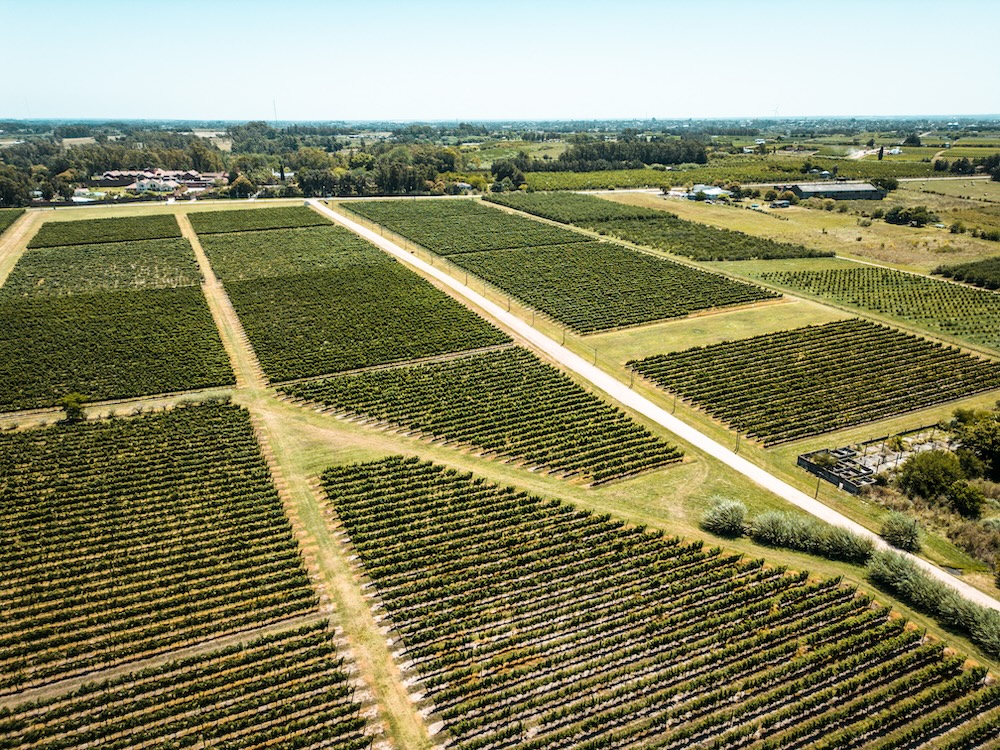
In Uruguay, INAVI's main objective is to educate the sector, from importers to consumers, on the qualities and characteristics of its wines
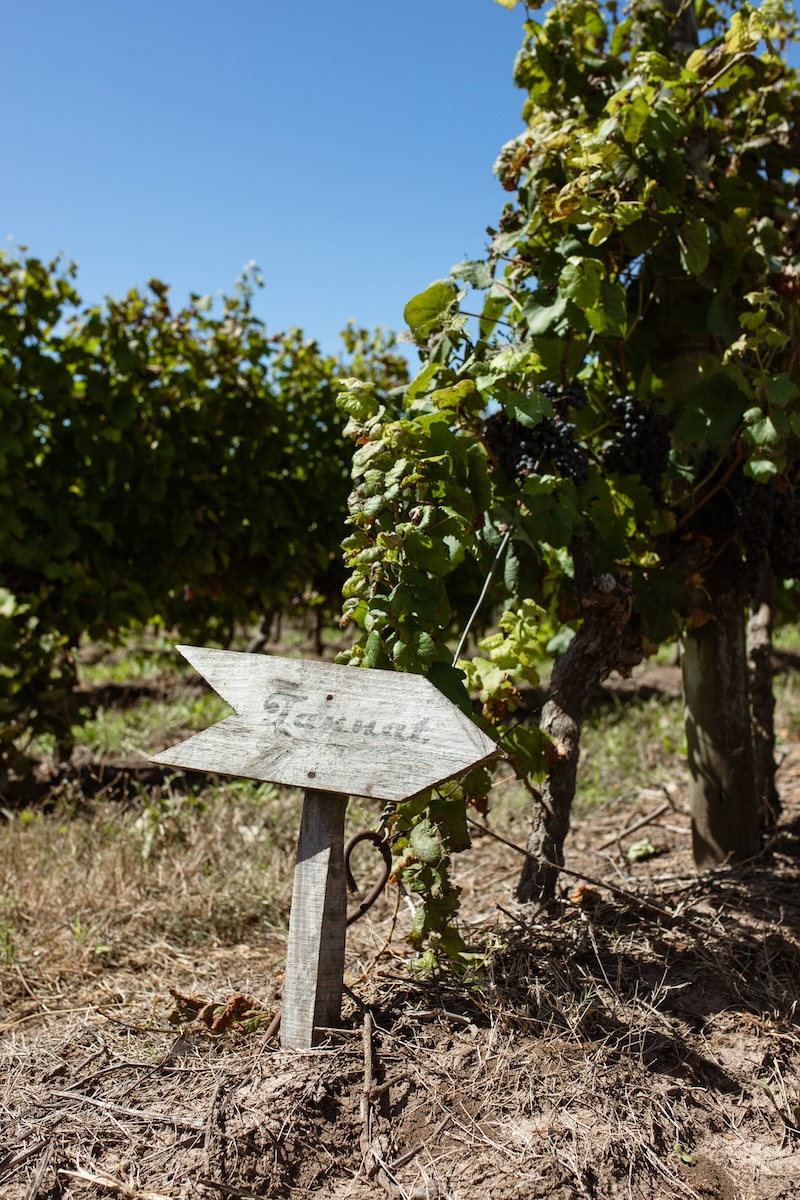
Although Uruguay has established a global name for its Tannat, more recently it has begun to produce high quality Albariño

Discovery

Discovery

Discovery